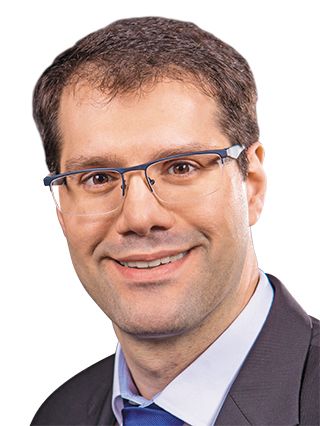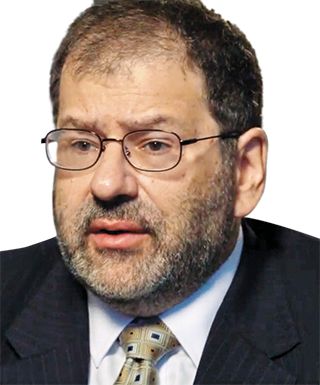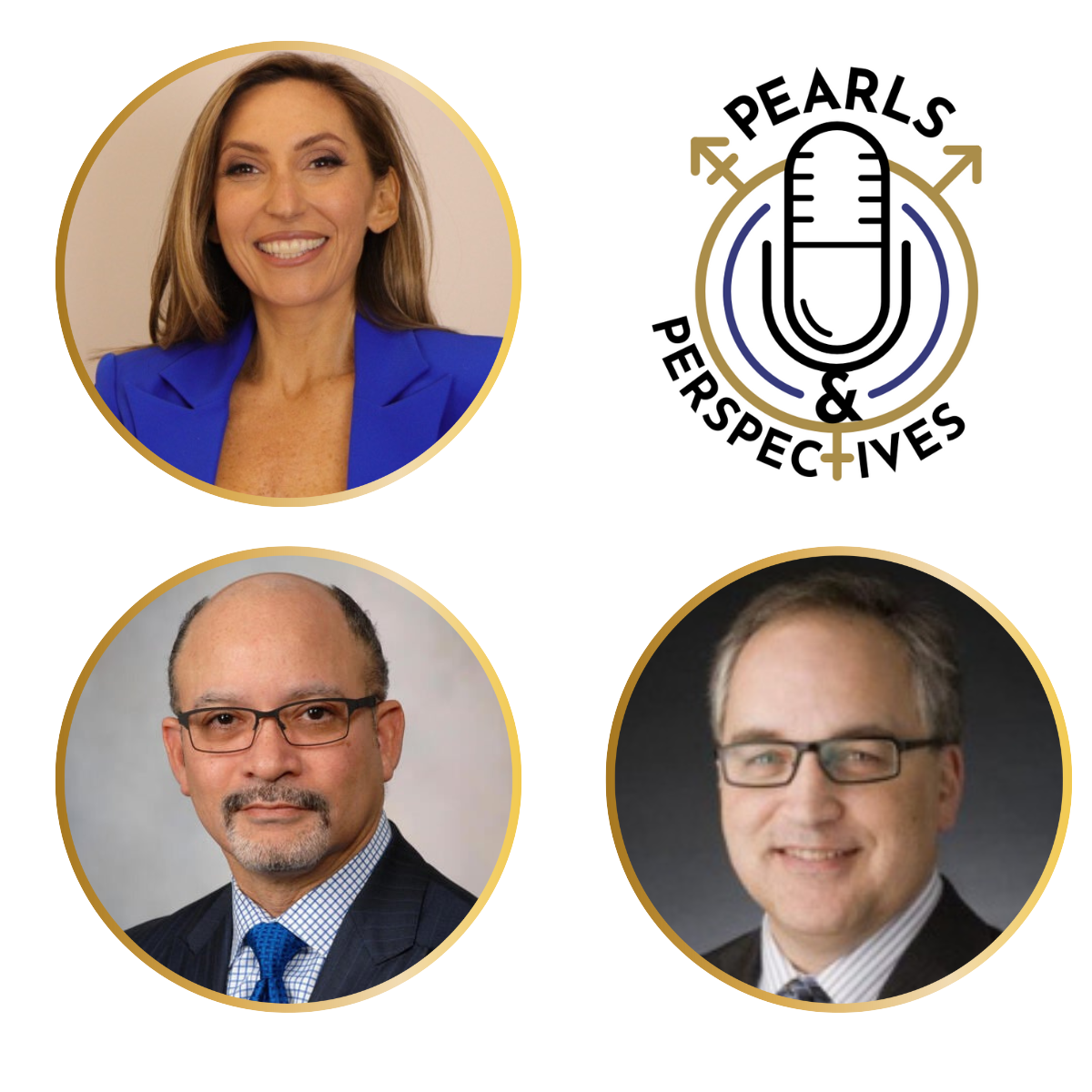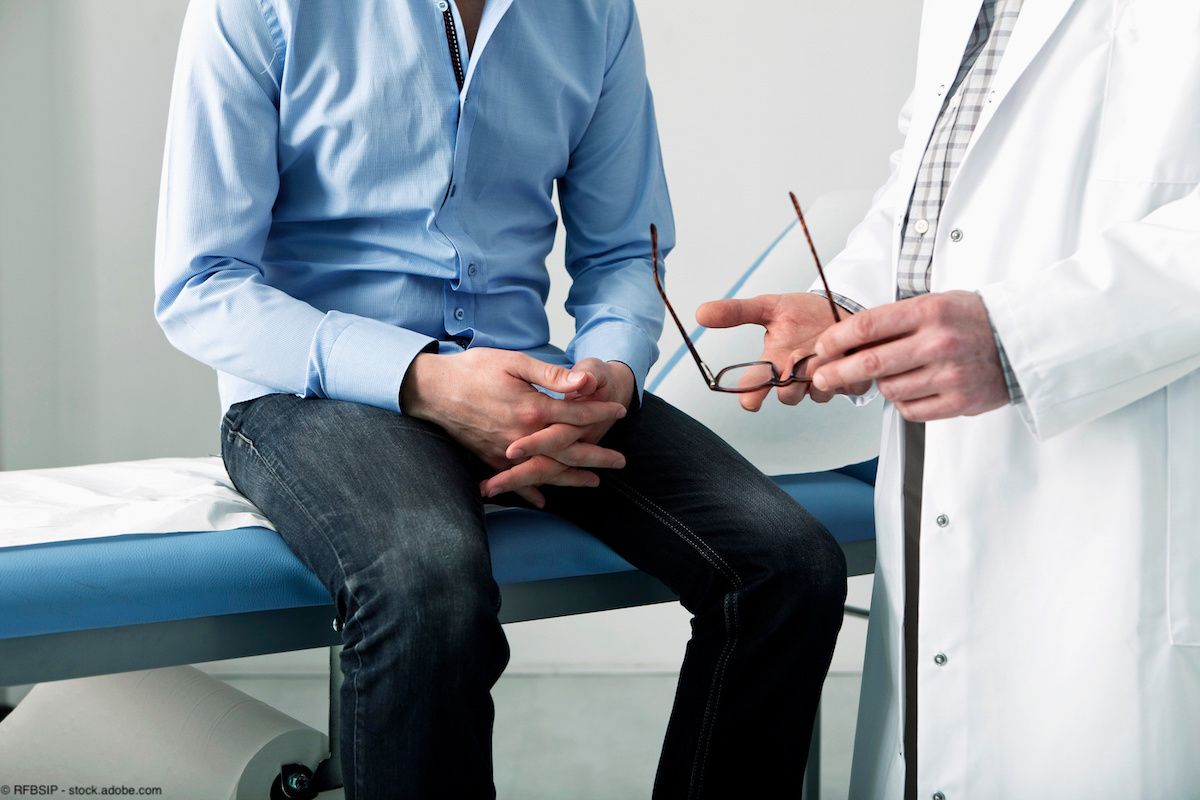Article
Shock wave therapy: ED cure or unproven treatment?
Author(s):
Low-intensity extracorporeal shock wave therapy is a safe treatment for men with erectile dysfunction and might work to improve, or even cure, ED in some patients. But there remain important unanswered questions, including which patients are ideal candidates and which protocol and devices are best.
Low-intensity extracorporeal shock wave therapy is a safe treatment for men with erectile dysfunction and might work to improve, or even cure, ED in some patients. But there remain important unanswered questions, including which patients are ideal candidates and which protocol and devices are best. Without answers, offering the ED treatment outside research settings is questionable medicine, some urologists say.
Research on the use of shock wave therapy in Peyronie’s disease has shown it may improve penile pain, but not curvature.
Where low-intensity extracorporeal shock wave therapy for ED may offer the greatest patient benefit is in ED.

Georgios Hatzichristodoulou, MD, associate professor of urology at the Julius-Maximilians-University of Würzburg in Germany, has conducted several of the European studies on use of shock wave therapy for erectile dysfunction and Peyronie’s disease.
Read: Impact of poor sleep quality on urologic disease
“The studies that have been performed in the last 6 years are very promising, especially with vasculogenic erectile dysfunction,” Dr. Hatzichristodoulou said.
The European Association of Urology guideline for erectile dysfunction recommends use of low-intensity shock wave treatment in mild organic erectile dysfunction patients or poor responders to phosphodiesterase type-5 (PDE-5) inhibitors, according to Dr. Hatzichristodoulou, a member of the guideline committee.
But the efficacy and credibility of low-intensity extracorporeal shock wave therapy for ED has come under criticism, according to Dr. Hatzichristodoulou.
“A lot of studies that have been performed were not very well designed,” he said. “There are a couple of reports in the literature of prospective, placebo-controlled studies. And in each of those studies, the treatment protocol was different to the other one. The shock wave devices used to do extracorporeal shock wave therapy were different. The inclusion criteria, the exclusion criteria of patients, and even the endpoints of the studies were different.
“So, those studies cannot be compared, and we cannot draw conclusions for the general population of men suffering from erectile dysfunction.”
Yet, while Dr. Hatzichristodoulou continues to offer shock wave therapy only in the research setting and does not charge men for the treatment, providers in Europe and elsewhere are promoting the treatment and charging patients for it.
“They are saying that shock wave therapy is the new treatment and should be the new standard of care,” Dr. Hatzichristodoulou said. “But according to the literature, we cannot say that.”
Next: Important unanswered questionsImportant unanswered questions
Studies suggest men with vasculogenic ED are among the most ideal candidates for shock wave therapy, but it’s not clear if they are the only ones. Ideal protocols for delivering the therapy also remain unclear, Dr. Hatzichristodoulou said.
Also see: Low T could hasten time to post-RP biochemical recurrence
“The ideal protocol is not only how many sessions the patient needs to have but also how many shock waves? And what energy level should we use to treat the patient with erectile dysfunction?” he said. “The third question is, there are a lot of devices on the market, but we do not know which is the best one for which patients.”
Limited data in the U.S.
FDA approval for a low-density extracorporeal shock wave device to treat ED likely is years away, according to Ranjith Ramasamy, MD, assistant professor of urology and director of male reproductive medicine and surgery at the University of Miami.
According to the AUA erectile dysfunction guidelines published in 2018, low-intensity extracorporeal shock wave therapy should be considered investigational for men with ED.
“The guidelines basically say that because this is not FDA approved, it should be used only under an IRB-approved protocol,” Dr. Ramasamy said. “Unfortunately, there are a lot of studies that demonstrate that it is efficacious and safe, but the majority of these studies that have been published are from outside the U.S. At the University of Miami, we have an ongoing clinical trial. Patients who wish to seek shock wave therapy for ED should be encouraged to look for clinical trial opportunities and enroll in them.”
In March 2019, the Sexual Medicine Society of North America issued a position statement on restorative therapies for ED, including low-intensity shock wave therapy, stating that the use of such therapies is experimental and should be conducted under research protocols (see, “SMSNA: Shock waves for ED not ready for mainstream").
Dr. Ramasamy and colleagues recently finished a phase II trial looking at the MoreNova shock wave therapy device, made by Direx.
The trial compared two different dose regimens. In group A, a total of 3,600 shocks were given over a period of 5 days. In group B, the regimen was a total of six treatments given 3 days a week (Monday, Wednesday, and Friday) for 2 weeks in a row.
The trial revealed shock wave therapy worked well to restore erectile function in men with mild to moderate vasculogenic ED. It did not have an effect in men with severe erectile dysfunction resulting from diabetes or in those who had undergone prostatectomy, cystectomy, or radiation. Nor did it have an effect in men with Peyronie’s disease. There was no sham arm in the trial to evaluate for placebo effect.
Researchers don’t yet know how long shock wave treatment benefits last in men with ED, according to Dr. Ramasamy, who is an investigator for Direx.
“In the trial that we have completed, 60% of men appear to respond to shock wave therapy by achieving the minimal clinically important difference in International Index of Erectile Function scores at the end of 6 months without taking any kind of PDE-5 inhibitors. We have recently commenced a phase III trial with a sham arm and follow-up for 12 months,” Dr. Ramasamy said.
“Some of the trials have demonstrated a benefit up to 12 months, but that’s probably the longest time that we know that shock wave therapy can provide a benefit for.”
On the upside, shock wave therapy is unlike other ED treatment options in that it offers a potential cure for ED.
“I think that in patients with mild to moderate erectile dysfunction, it can reverse the pathophysiology of the disease and not merely treat the condition and potentially restore erectile function,” Dr. Ramasamy said.
Drawbacks of the therapy are that urologists and others would offer it as an in-office treatment that would require patients to make several office visits.
“Each of the treatments are about 30 minutes long,” Dr. Ramasamy said. “The biggest drawback is, you don’t know who is going to respond and who isn’t.”
Read: Severe infertility may dispose males to lower cognitive function
Another potential drawback is cost. When providers use it off-label, outside the research setting, shock wave therapy protocols can cost from $3,000 to $6,000, according to Dr. Ramasamy.
Next: Peyronie’s disease results underwhelmPeyronie’s disease results underwhelm
Dr. Hatzichristodoulou, who conducted the first placebo-controlled prospective study on shock wave therapy in patients with Peyronie’s disease while he was a medical student about 17 years ago, says there are three placebo-controlled studies available worldwide on this treatment modality and all show that shock wave treatment in Peyronie’s disease is effective to treat penile pain, but it does not improve nor correct penile curvature.
Also see - Male infertility evaluation: Time for a new clinical care pathway?
“We know that 90% of patients with Peyronie’s disease will be pain free during the natural disease course. The question arises whether we should treat Peyronie’s disease with extracorporeal shock wave therapy because we know that pain will resolve over time without treatment,” Dr. Hatzichristodoulou said. “The most important and predominant symptom of patients with Peyronie’s disease is penile curvature. And this is the most important symptom because it can lead to the inability of the patient to perform sexual intercourse. And we cannot treat penile curvature with shock wave therapy.”
These data do not stop companies from promoting shock wave devices for treatment for Peyronie’s disease. One manufacturer’s website claims that most men treated for Peyronie’s disease “are able to return to optimal sexual performance after therapy.”
Spotlight on controversies

Tobias Kohler, MD, MPH, professor of urology at Mayo Clinic, Rochester, MN, made a YouTube video about erectile dysfunction treatment scams. On his “unproven” list is the use of shock wave therapy.
“There are two types of shock wave machines,” Dr. Kohler explained. “There’s the SwissWave, which is a class 1 medical device that’s offered throughout the country by chiropractors and the like with claims that it improves erectile dysfunction. Because it’s a class 1 medical device, they can offer this to patients and administer it without a worry from the FDA.
“The question is, why is it a class 1 medical device? Because it doesn’t do anything. It delivers a shock which is very shallow and of insufficient energy to do anything to any kind of scar tissue in the penis. There is zero point zero medical literature supporting the use of this type of shock wave therapy for problems with erection,” Dr. Kohler said.
Another company involved with shock wave therapy for erectile dysfunction is GAINSWave. According to a spokesperson for the company, GAINSWave is a marketing organization that educates consumers and raises public awareness for low-intensity shock wave therapy for erectile dysfunction. According to Dr. Kohler, men are flocking to clinics that offer treatment with the class 1 medical devices, spending thousands of dollars without real evidence that they work.
The class 2 shock wave therapy devices are FDA regulated and cannot be used outside a clinical trial, Dr. Kohler explained.
“That’s the difference. Those are the real machines that actually deliver shocks,” Dr. Kohler said. “There are some good researchers working on studies with those devices. Is there a role for shock wave therapy? Maybe. We need to do more trials, and until more work is done, men should not spend their money on it.”
For now, a lot of urologists are sitting on the sidelines.

Allen D. Seftel, MD, chief of urology at Cooper University Hospital, Camden, NJ, does not offer shock wave therapy for ED or Peyronie’s disease because it’s considered experimental by the AUA guideline panel and his patient population wouldn’t be able to afford the treatment without coverage, he said.
Read: Data reveal timeline of post-IPP infections
“Nonetheless, it seems that select physicians are offering it for treatment and that patients are paying out of pocket,” Dr. Seftel said. “The good news is that several short-term, suboptimally designed studies have shown promise, which is encouraging. The really good news is that it appears that there is no negative impact reported in these studies for the shock wave for ED treatment. Thus, a large, well-done study may actually provide the data needed to make an informed decision."
Next -SMSNA: Shock waves for ED not ready for mainstream
Restorative therapies, including low-intensity shock wave therapy, autologous platelet rich plasma and stem cells, are promising but lack rigorous experimental data conclusively validating these therapies, according to a Sexual Medicine Society of North America (SMSNA) position statement released March 13, 2019 (bit.ly/SMSNAstatement).
“Thus, given the current lack of regulatory agency approval for any restorative (regenerative) therapies for the treatment of ED and until such time as approval is granted, SMSNA believes that the use of shock waves or stem cells or platelet rich plasma is experimental and should be conducted under research protocols in compliance with Institutional Review Board approval,” according to the statement. “Patients considering such therapies should be fully informed and consented regarding the potential benefits and risks. Finally, the SMSNA advocates that patients involved in these clinical trials should not incur more than basic research costs for their participation.”
















